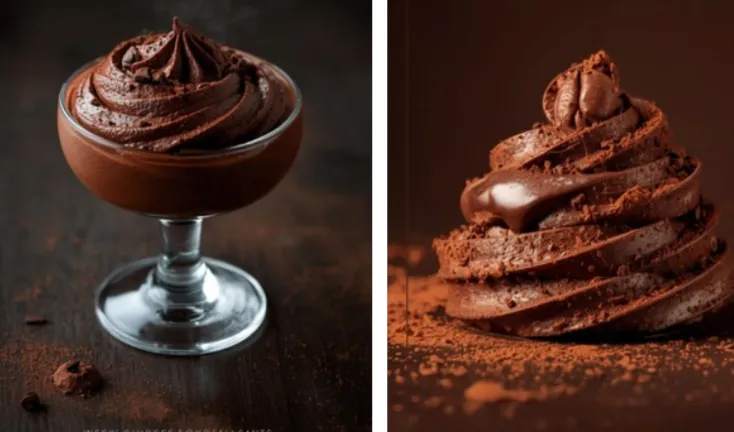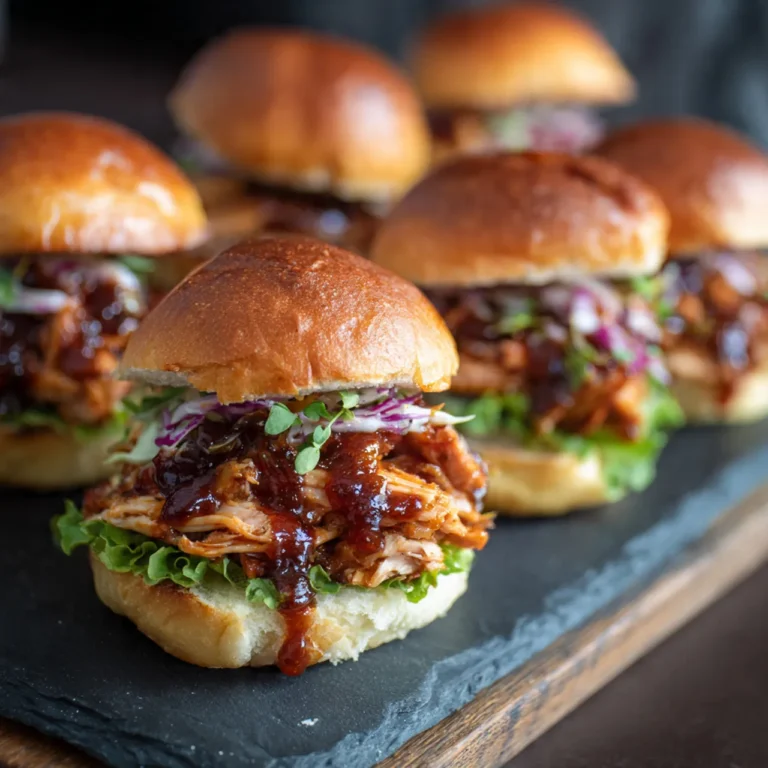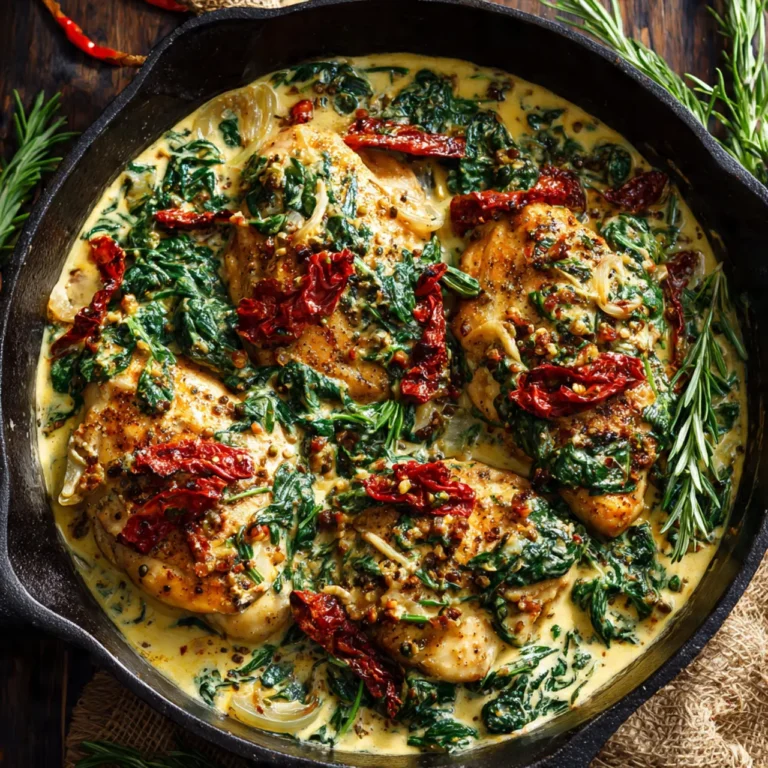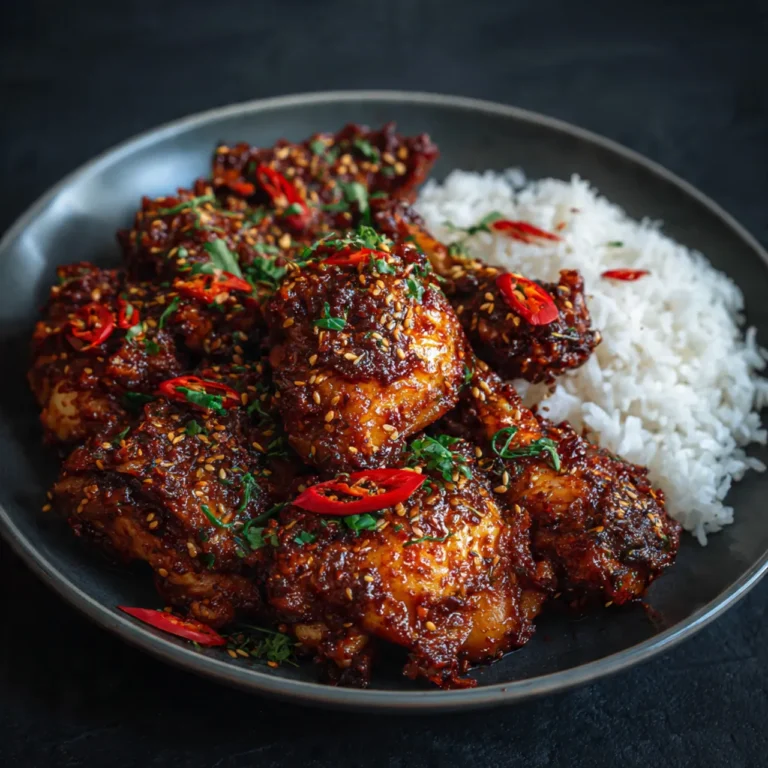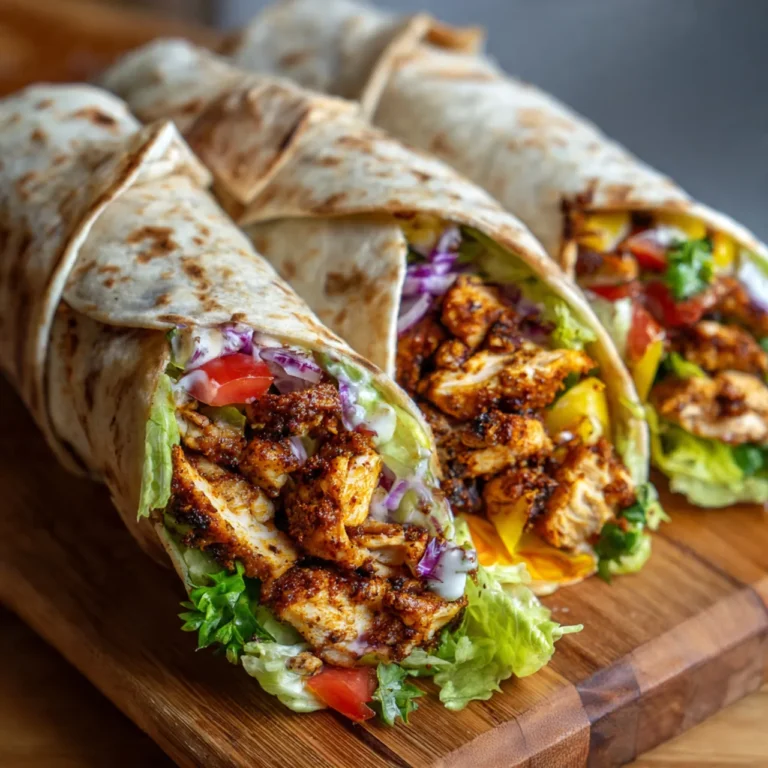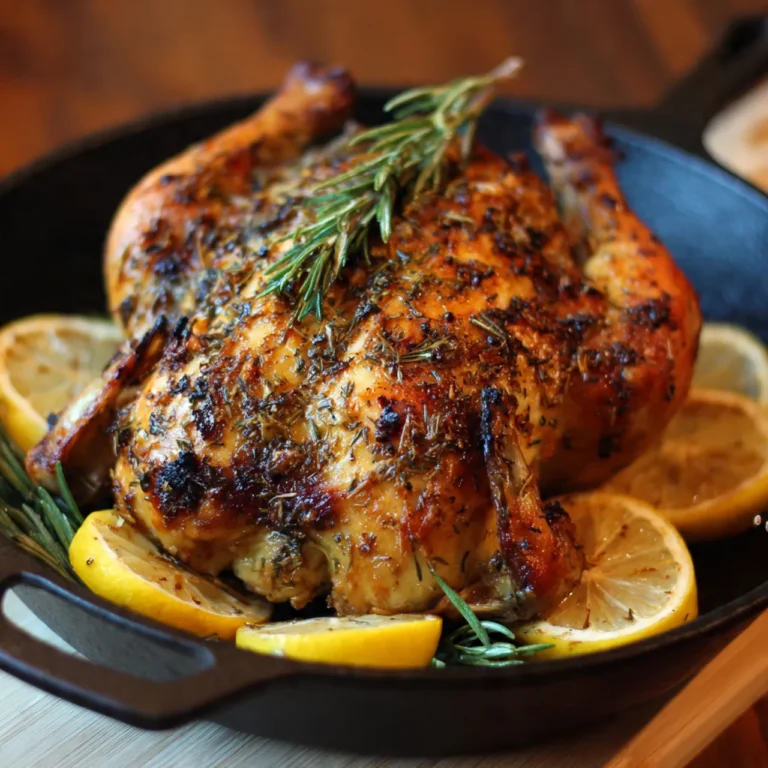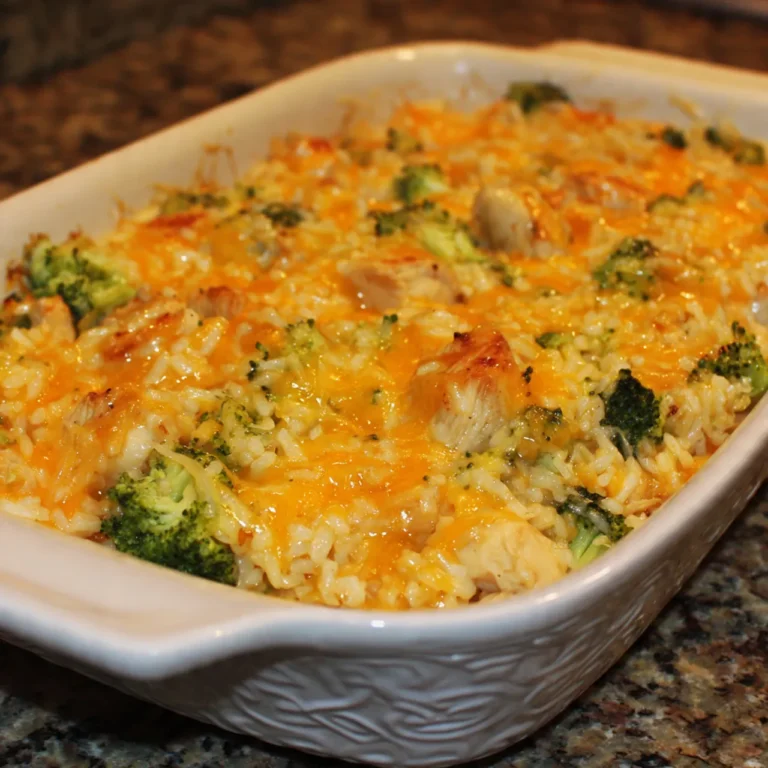Few desserts capture the luxurious depth of flavor and texture that a perfectly made Dark Chocolate Espresso Mousse delivers. Light yet rich, airy yet indulgent, this dessert strikes an irresistible balance between sophistication and comfort. Whether you’re preparing it for an elegant dinner party or as a personal treat to enjoy quietly with a spoon and a cup of coffee, chocolate mousse remains one of the most rewarding recipes to master.
In this guide, we’ll explore not just how to make the ultimate dark chocolate espresso mousse, but also the science behind its texture, the secrets to balancing flavor, and how to elevate it with professional presentation tips. You’ll discover why dark chocolate and espresso are a match made in culinary heaven and how to craft a mousse that’s as beautiful as it is delicious.
Why Dark Chocolate and Espresso Are the Perfect Match
Dark chocolate and espresso are both complex flavor profiles that share a deep, roasted richness. When combined, they amplify each other’s best qualities:
- Bitterness and balance – Espresso enhances the natural bitterness of dark chocolate without overpowering it, making the sweetness more refined.
- Aromatic depth – The coffee notes bring warmth and nuance, creating a more layered flavor experience.
- Enhanced mouthfeel – Espresso’s natural acidity cuts through the richness of the mousse, preventing it from feeling too heavy.
This pairing is a staple in French and Italian patisserie, where desserts are designed to highlight balance and sophistication rather than overpowering sweetness. A spoonful of well-made dark chocolate espresso mousse feels light yet envelops your palate with a velvety, bittersweet finish.
Ingredients That Make the Difference
A great mousse begins with the right ingredients. Each component has a specific role to play in achieving the desired texture and flavor.
1. Dark Chocolate
Choose high-quality dark chocolate with a cacao content between 65% and 75%. This range provides a rich cocoa flavor without excessive bitterness. Brands that use pure cocoa butter (and no vegetable fats) yield the smoothest, most stable results.
- For a more intense mousse, go up to 80% cacao.
- For a sweeter, creamier version, stick to 60–65% cacao.
Avoid chocolate chips; they’re often coated with stabilizers that prevent proper melting.
2. Espresso or Strong Coffee
Freshly brewed espresso is ideal, but you can substitute with instant espresso powder dissolved in a small amount of hot water. Coffee adds depth and enhances the perception of chocolate flavor without turning the mousse into a coffee dessert.
Use about 1 to 1½ tablespoons of strong espresso for every 150 grams (5 oz) of chocolate.
3. Eggs
Eggs are the backbone of mousse. They provide structure, volume, and lightness. The yolks add richness, while the whites (when whipped) bring airiness.
Always use room-temperature, fresh eggs. If you are concerned about consuming raw eggs, pasteurized eggs are a safe and effective alternative.
4. Sugar
The amount of sugar depends on your chocolate’s cocoa percentage. For a 70% bar, about 2 tablespoons of granulated sugar** balances the bitterness perfectly. If you’re using sweeter chocolate, reduce the sugar slightly.
5. Cream
Lightly whipped cream brings silkiness and body to the mousse. Use heavy cream or whipping cream (at least 30–35% fat content). The key is to whip it to soft peaks, not stiff ones — it must fold easily into the chocolate base without deflating.
6. Flavor Enhancers
Optional but highly recommended additions:
- A pinch of sea salt – intensifies the cocoa flavor.
- Vanilla extract – softens the bitterness and rounds out the flavor.
- A splash of liqueur – such as Kahlúa, Grand Marnier, or Baileys, for added depth.
Step-by-Step Recipe: Dark Chocolate Espresso Mousse
Ingredients (Serves 4–6)
- 150 g (5 oz) dark chocolate (70% cacao)
- 1 tbsp unsalted butter
- 1 tbsp strong espresso (or 1 tsp espresso powder dissolved in 1 tbsp hot water)
- 2 large eggs, separated
- 2 tbsp granulated sugar
- ½ tsp vanilla extract (optional)
- ½ cup heavy cream (cold)
- Pinch of sea salt
Instructions
Step 1: Melt the Chocolate
Place the dark chocolate and butter in a heatproof bowl. Set it over a pot of gently simmering water (a double boiler). Stir until the chocolate is smooth and completely melted. Remove from heat, stir in the espresso, and set aside to cool slightly.
Step 2: Prepare the Egg Yolks
In a separate bowl, whisk the egg yolks with sugar until pale and creamy. You can use a hand mixer or whisk by hand for about 2–3 minutes. The mixture should become thick and ribbon-like.
Gently whisk the melted chocolate into the yolk mixture. Add vanilla extract and a pinch of salt.
Step 3: Whip the Cream
Using a clean bowl, whip the cold cream until soft peaks form. Be careful not to overwhip — you want it to hold shape but remain supple.
Step 4: Whip the Egg Whites
In another clean bowl, beat the egg whites until they form soft peaks. Gradually add a teaspoon of sugar and continue beating until glossy stiff peaks form.
Step 5: Combine Everything
Fold the whipped cream into the chocolate mixture using a spatula. Then gently fold in the whipped egg whites in three parts. The goal is to maintain as much air as possible while achieving an even texture.
Step 6: Chill and Set
Spoon the mousse into serving glasses or ramekins. Refrigerate for at least 3 hours, ideally overnight, until firm and velvety.
Step 7: Serve and Garnish
Top with shaved dark chocolate, cocoa powder, or a dollop of whipped cream. For an elegant touch, add chocolate curls or a dusting of espresso powder on top.
Tips for a Perfect Mousse
- Avoid overmixing – Folding too vigorously deflates the air and results in a dense mousse.
- Use quality chocolate – The flavor of your mousse depends entirely on the chocolate’s quality.
- Temperature control – If the chocolate mixture is too warm when you add eggs or cream, it may curdle. Always let it cool slightly.
- Chill long enough – Proper chilling time allows the mousse to set and develop its final texture.
- Adjust sweetness carefully – Taste as you go; the bitterness of espresso and chocolate must be balanced with just enough sugar.
The Science Behind Mousse Texture
Understanding the chemistry of mousse helps ensure consistent results every time.
1. Emulsification
When you combine egg yolks and melted chocolate, you’re creating an emulsion — a mixture of fat and water components stabilized by the lecithin in egg yolks. This creates a silky base.
2. Aeration
Egg whites and whipped cream introduce air bubbles. These bubbles are what make mousse light and airy. Folding keeps these bubbles intact, which gives the dessert its iconic “melt-in-the-mouth” quality.
3. Setting
As the mousse chills, cocoa butter solidifies, and the fats in cream and chocolate stabilize, locking in the airy structure without heaviness.
Variations to Try
Once you’ve mastered the base recipe, you can experiment with creative variations:
1. Dark Chocolate Orange Espresso Mousse
Add 1 teaspoon of orange zest and 1 tablespoon of orange liqueur for a citrus twist that pairs beautifully with espresso.
2. Vegan Dark Chocolate Espresso Mousse
Replace eggs with aquafaba (whipped chickpea water) and heavy cream with coconut cream. Choose a dairy-free dark chocolate for a plant-based version.
3. Chili Chocolate Espresso Mousse
Add a pinch of cayenne pepper or chili flakes for a bold, spicy edge that enhances the depth of dark chocolate.
4. Salted Caramel Chocolate Espresso Mousse
Top the mousse with a drizzle of homemade salted caramel sauce for a sweet-salty contrast.
5. White and Dark Chocolate Layered Mousse
Create two mousses — one white chocolate, one dark espresso — and layer them for a striking presentation.
Serving Ideas and Presentation Tips
Presentation transforms a simple dessert into a showstopper. Here’s how to make your mousse visually stunning:
- Glass jars or stemmed glasses – Perfect for layering and showing off texture.
- Chocolate shavings or curls – Use a vegetable peeler on a chilled chocolate bar.
- Edible gold dust or cocoa nibs – Add a gourmet touch.
- Fresh berries – Raspberries and strawberries complement the richness beautifully.
- Espresso dusting – Sprinkle finely ground coffee for an aromatic finish.
For formal occasions, serve in small portions. The richness of the mousse means a little goes a long way.
Pairing Dark Chocolate Espresso Mousse with Drinks
Choosing the right beverage can elevate the tasting experience:
- Espresso or cappuccino – Reinforces the coffee notes and balances sweetness.
- Red wine (Cabernet or Merlot) – Complements the chocolate’s bitterness.
- Dessert wine (Port or Banyuls) – Adds fruity contrast.
- Dark rum or whiskey – Deepens the richness and brings warmth.
Storing and Make-Ahead Tips
Mousse can be stored in the refrigerator for up to 3 days, covered tightly with plastic wrap. Avoid freezing, as it can break the texture once thawed.
If you’re hosting, prepare the mousse a day ahead and chill overnight. Add toppings right before serving to preserve freshness and texture.
Health Benefits of Dark Chocolate and Espresso
While this dessert is indulgent, it also contains some redeeming nutritional qualities — especially from the dark chocolate and espresso.
1. Antioxidants
Dark chocolate is rich in flavonoids, antioxidants known to reduce inflammation and improve heart health.
2. Brain Boost
Caffeine in espresso, combined with theobromine in chocolate, enhances alertness and mood.
3. Heart Health
Moderate consumption of dark chocolate can improve blood flow and reduce blood pressure due to its polyphenol content.
4. Reduced Sugar Intake
Because dark chocolate and espresso are naturally bitter, this dessert requires less sugar than traditional mousses, making it a lighter indulgence.
Troubleshooting Common Mistakes
- Mousse too dense? You overmixed or used chocolate that was too cool when combining.
- Mousse too runny? It didn’t chill long enough or the chocolate mixture was too hot during folding.
- Chocolate seized? Water or steam may have entered the chocolate while melting. Always melt gently and keep the bowl dry.
Final Thoughts
Dark Chocolate Espresso Mousse isn’t just a dessert — it’s a sensory experience. The contrast between bitter and sweet, airy and creamy, indulgent and balanced makes it timeless. Whether you’re an experienced baker or a beginner, mastering this mousse teaches the essential techniques of emulsifying, aerating, and folding — the foundations of fine dessert making.
